Marseille
Detail
Date of first edition: 1575
Date of this edition: 1623
Dimensions (not including margins): 32 x 36 cm
Condition: excellent, but black stains outside the map. Sharp copper engraving printed on paper. Old coloured. Centre fold as published. Wide margins.
Condition rating: A
Verso: text in Latin
Map reference: van der Krogt 4, 2634; Taschen Br. Hog. ,p. 145
From: Civitatis Urbis Terrarum (II: De praecipuis, totius universi urbibus, liber secundus), first published 1575, this edition 1623: last line on verso page 12: ‘rociente… fuit’
In stock
Marseille commented by Braun (on verso)
“Marseilles, called Massalia in Greek, Massilia in Latin, is a rich city in Provence in France. It was built by the Greeks, which is why the inhabitants are endowed with good manners and admire and practise the liberal arts. The city allied itself with the Romans, who, however, corrupted and plundered it as a result of their pride and insatiable greed. […] Although Marseilles can be highly praised for a variety of reasons, […] Marseilles deserves eternal praise because it was one of the first cities to accept the redeeming faith directly after the birth of Christ.”
Taschen
The engraving shows Marseilles from the southeast, with a part of the Frioul Archipelago on the far left, the two main islands of Pomègues and Ratonneau, and the small island of If. The fortress on If owes its fame mainly to the novel The Count of Monte Cristo by Alexandre Dumas. The fortress of Notre-Dame de la Garde, built in 1525, is perched on a high limestone bluff in the foreground. This was replaced 300 years later by a neo-Byzantine church of the same name, which is the landmark of present-day Marseilles. To the left of it are the facing fortresses of Saint-Nicolas and Saint-Jean. After its founding by the Greeks around 600 BC. Marseilles became one of the most important Greek colonies due to its favourable location. In 125 BC the city asked the Roman Empire for help in defending itself against Gallic tribes, which led to its annexation by the Romans. Catacombs and writings by martryrs document the importance of Christianity in Marseilles as early as the 1st century AD; the Diocese of Marseilles also goes back to this time.
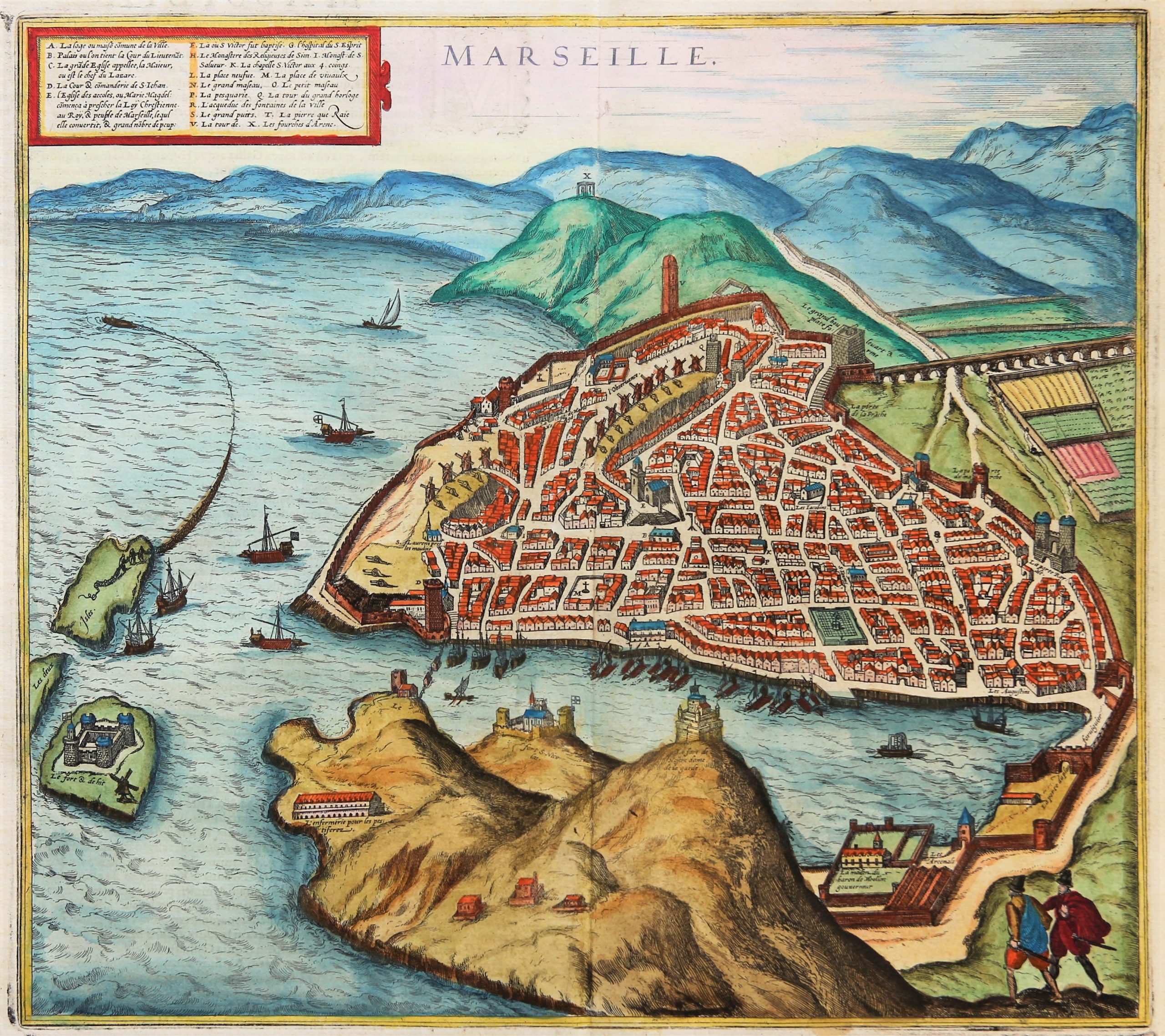
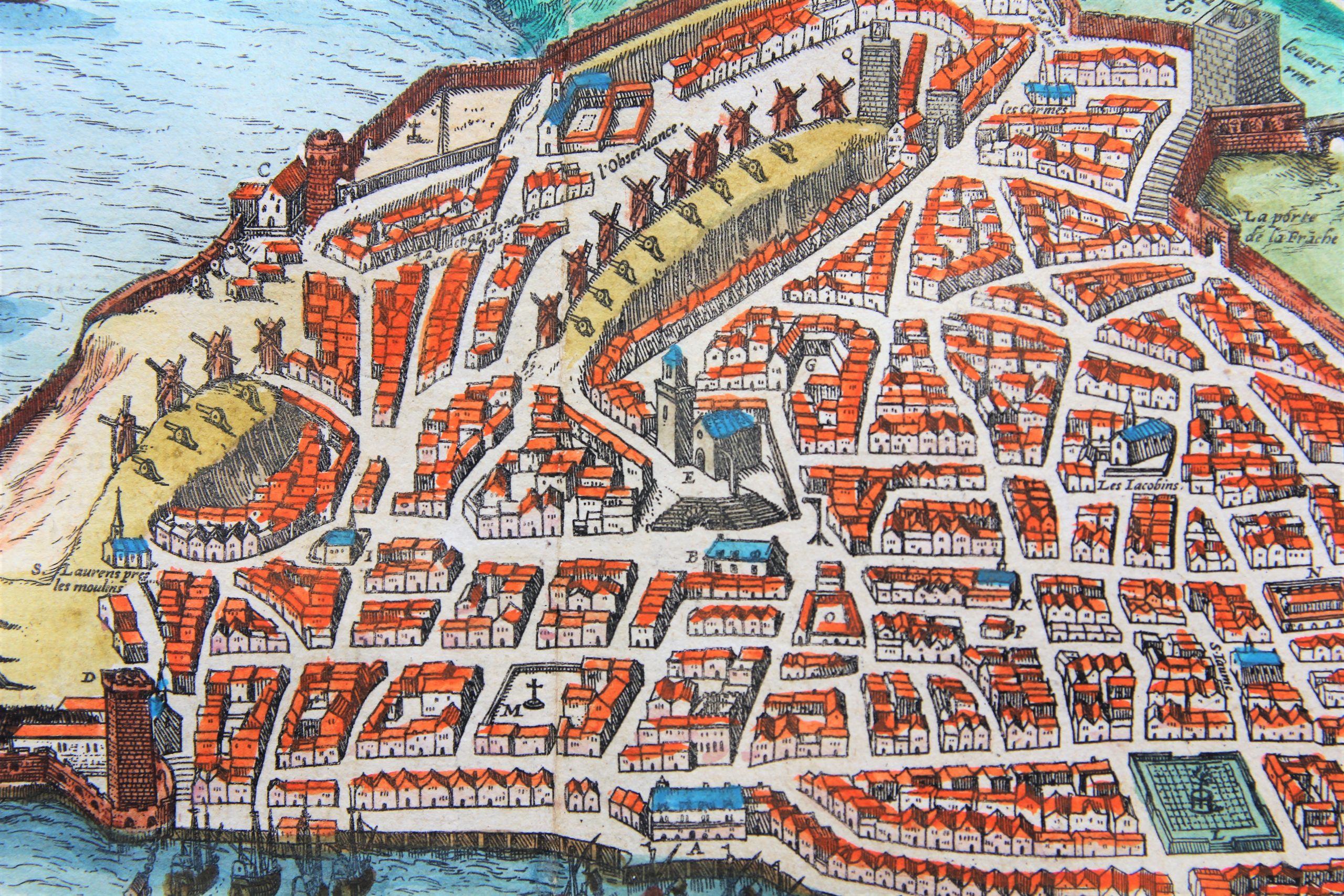
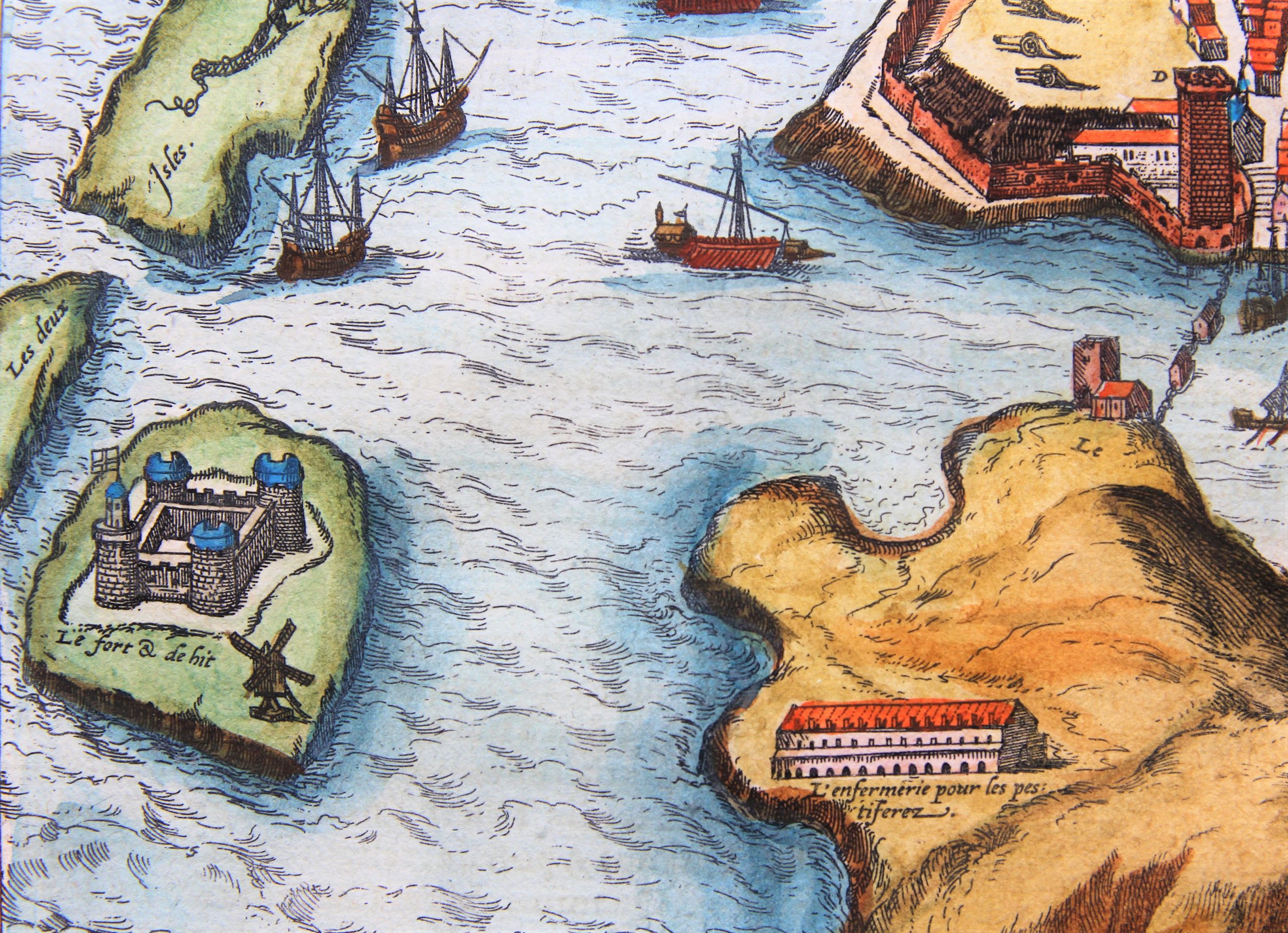
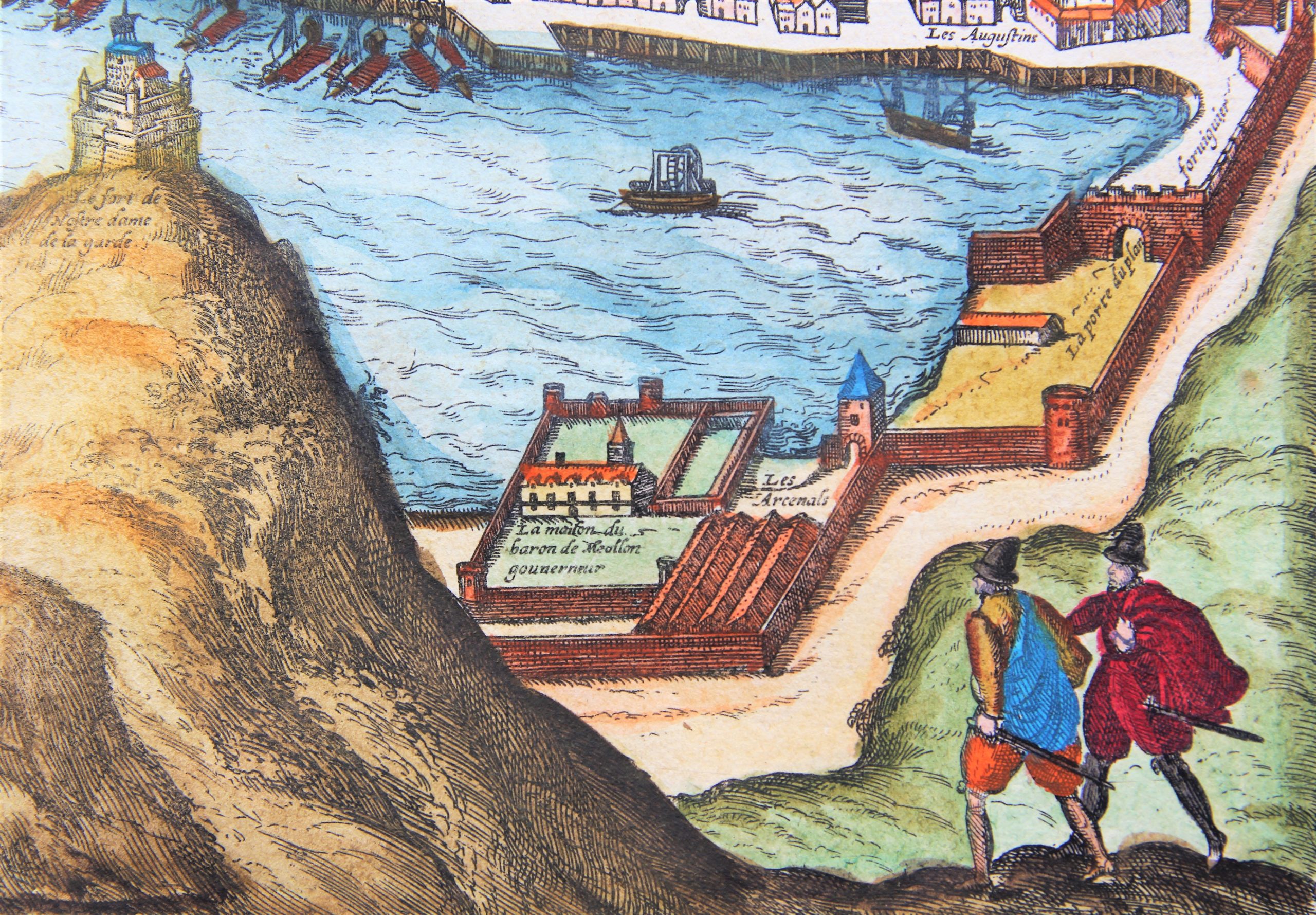
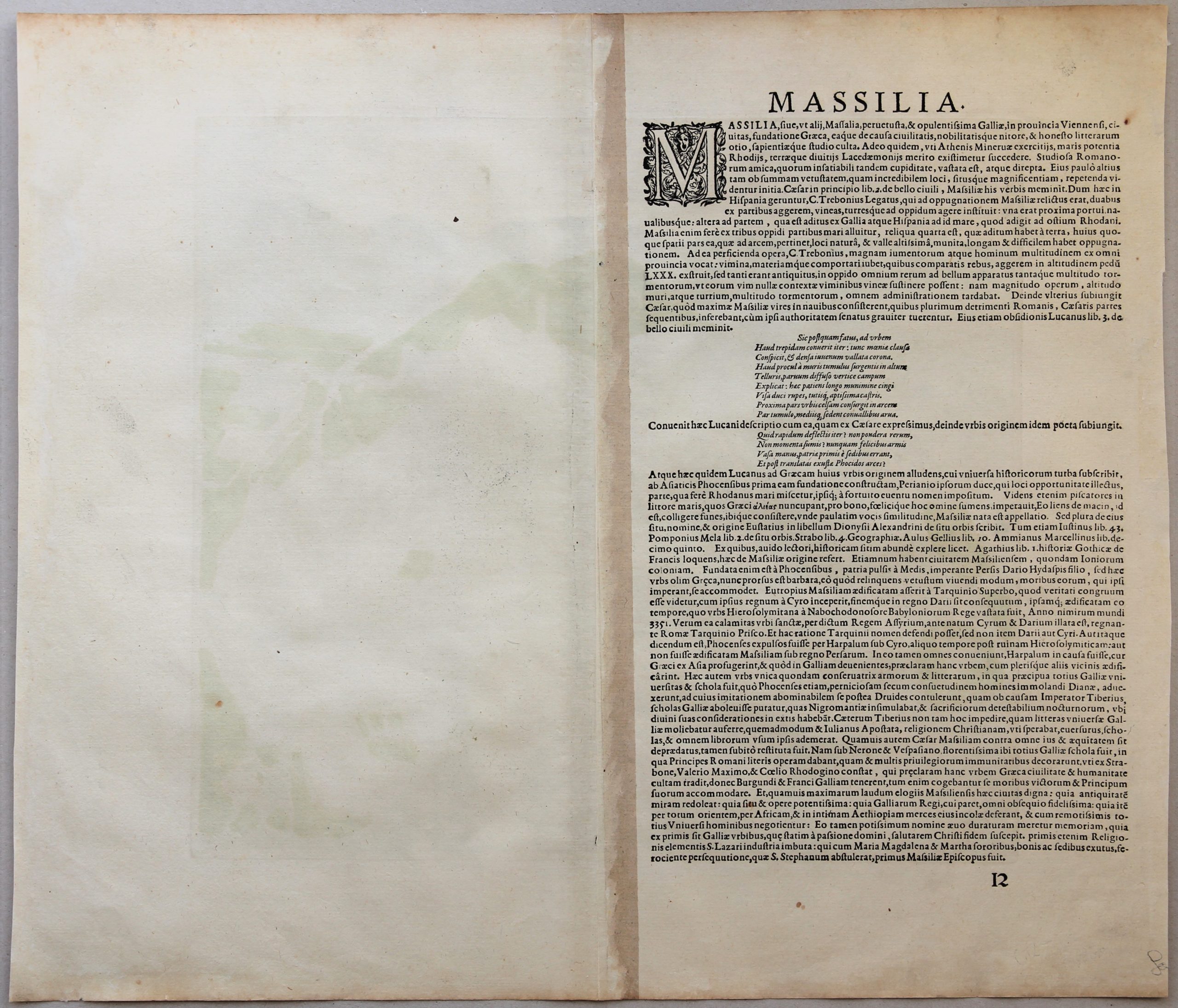
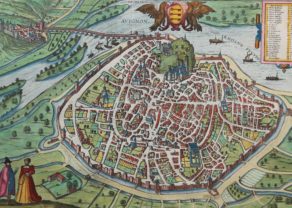
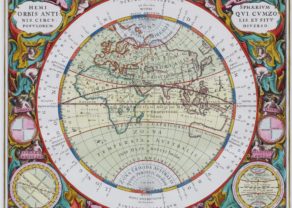

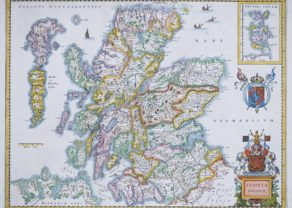
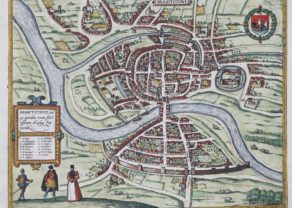
One notices as well the isle of If with its famous castle, where Alexandre Dumas imprisoned his novel hero the Count of Montecristo (third picture, island in green color)